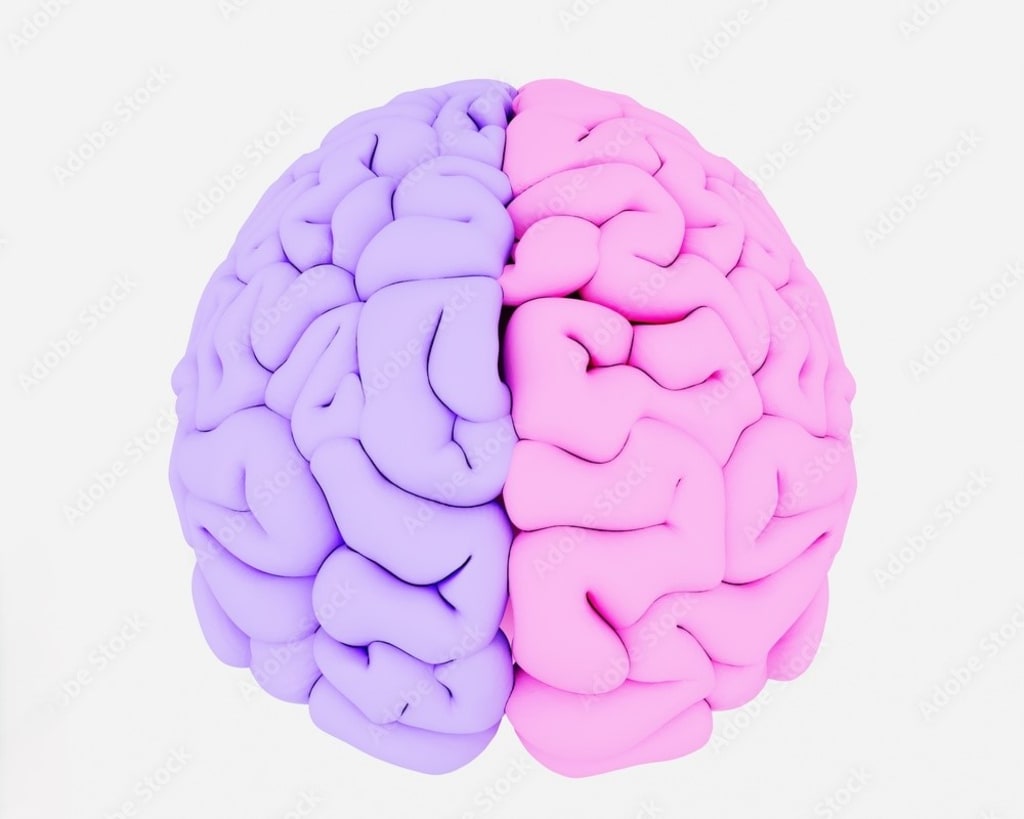A new comprehensive study identifies specific brain networks associated with sex and gender
Extensive new study reveals distinct brain networks related to sex and gender

The scientists discovered that brain networks related to sex were more likely to include regions of the brain responsible for vision, sensory processing, movement regulation, and planning and decision-making. In contrast, gender-associated networks were not as closely related to specific brain areas.
The study, which was published on Friday in the journal Science Advances, leaves many questions unresolved, including how these brain connections differ in children whose sex and gender do not match when these network abnormalities emerge, and how they evolve. However, the authors emphasize that the findings highlight the need to collect data on both sex and gender, which is not currently normal practice in neurological investigations.
"Moving forward, we need to consider both sex and gender separately if we want to better understand the brain," said Elvisha Dhamala, lead author of the study. "Moving beyond the scope of this study itself, the future of biomedical research hinges on us considering sex and gender separately."
The terms sex and gender are frequently used indiscriminately in everyday life, although they have specific implications for researchers. Sex is a biological characteristic determined by our body's hormones, anatomy, and genetics, but gender is a societal construct influenced by our sense of self and interactions with others.
Researchers have long known that brain illnesses such as Alzheimer's and attention-deficit hyperactivity disorder are diagnosed and occur at varying rates depending on sex and gender, but determining how much each component contributes to these differences has proven difficult. That's because, while sex data has been recorded more consistently in biological research since a 2015 directive from the National Institutes of Health, gender is frequently overlooked as a distinct category.
The latest study examined data from the Adolescent Brain Cognitive Development Study, the nation's largest long-term study of child brain development. They examined functional MRI (fMRI) data from 4,757 people aged 9 to 10, with almost equal gender distribution. The researchers also had gender information for all of the individuals, which was based on self-reported or parental responses.
fMRI examines brain activity by monitoring blood flow and electrical activity, allowing researchers to determine which regions communicate with one another. The researchers then utilized machine learning algorithms to estimate a person's gender based on brain connection patterns.
The authors first discovered brain network connections that might predict sex and gender. However, the investigation did not reveal if gender altered the brain in ways other than sex. To investigate this question, the authors examined data from males and females separately to isolate the impacts of sex. They discovered that gender-related network patterns differed from those associated with sex, regardless of whether gender was reported by the parent or the child. The research team believed that this data indicated that sex and gender had different effects on the brain.
However, Daniel Bayless, a neurobiologist at the Salk Institute who was not involved in the study, believes the authors' results do not entirely support that claim.
Bayless praised the study's inclusion of gender, but he noted that when researchers developed a prediction model for gender using data from both males and females, they discovered that the associations linked with gender and sex generally overlapped.
He also emphasized that the study did not isolate and analyze data from children whose assigned sex at birth differed from their gender identity. During a press briefing with reporters, the authors accepted this issue, emphasizing that they regarded gender on a continuum rather than in different categories.
Despite the study's emphasis on sex and gender, these characteristics accounted for just about half of the diversity in brain network patterns observed between participants, implying that there are other key contributing factors. The study only examined participants at a specific point in time. Researchers are now aiming to follow people to examine how their tendencies evolve from puberty into adulthood.
About the Creator
Enjoyed the story? Support the Creator.
Subscribe for free to receive all their stories in your feed.





Comments
There are no comments for this story
Be the first to respond and start the conversation.